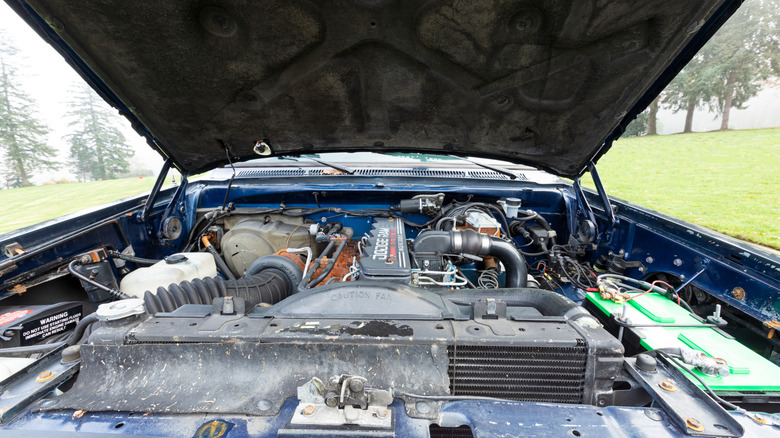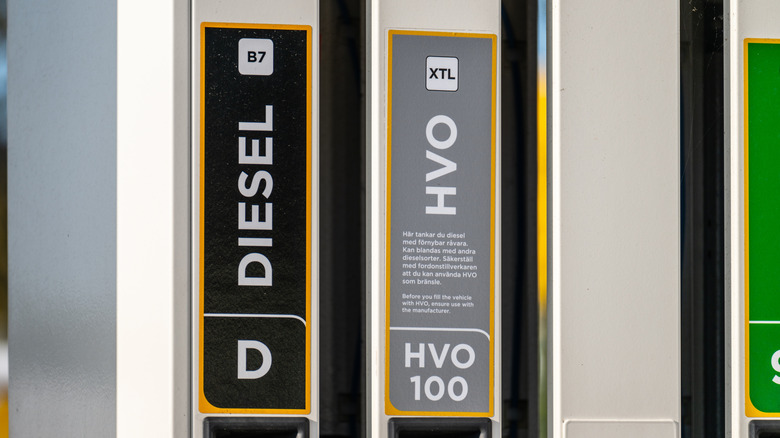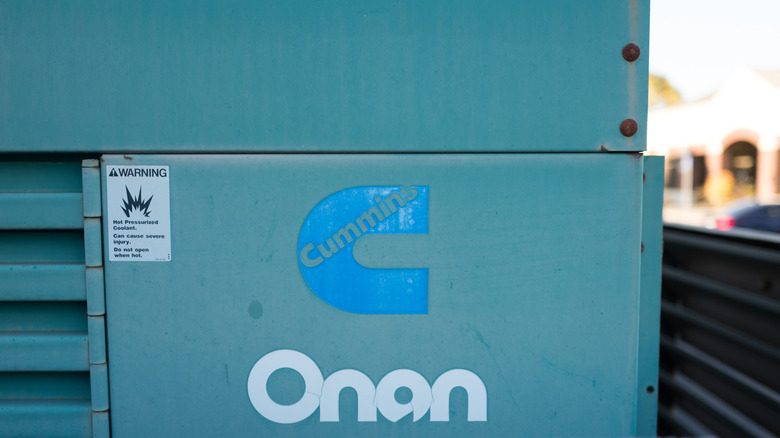Can A Cummins Engine Run On Vegetable Oil? Here's What You Should Know
The demand for alternative fuels has never been higher. As the search for sustainable fuels continues to ramp up, one question that often comes up is whether Cummins diesel engines can truly run on vegetable oil. The short answer? Yes — but with some important distinctions. While standard vegetable oil isn't a diesel substitute, Hydrotreated Vegetable Oil (HVO) is a promising and cleaner-burning alternative. In fact, Cummins has gone as far as to officially approve HVO for use in many of its generator sets. Here's what you should know if you're considering making the switch.
HVO is not the same as simply pouring vegetable oil from your kitchen into a diesel engine. HVO is produced through a hydrotreating process that converts waste lipids (such as used cooking oil, animal fats, and plant oils) into a paraffinic hydrocarbon fuel. This hydrotreating process removes oxygen from the feedstocks, creating a final product that's chemically similar to traditional diesel but with several eco-friendly advantages.
Hydrotreated Vegetable Oil vs other diesel fuels
Unlike a Cummins running on biodiesel, Hydrotreated Vegetable Oil (HVO) is free from issues that can cause engine stability issues (like being susceptible to bacterial growth). HVO also has better oxidation stability, making it more suitable for long-term storage — a major advantage when used in a Cummins standby generator engine. Its clean-burning profile also includes low sulfur and aromatics, higher cetane values, and lower particulate matter emissions, all of which reduce the engine's carbon footprint without sacrificing performance.
HVO also has a leg up on gas-to-liquid (GTL) fuels. While both meet the EN15940 fuel specification and share similar physical and chemical properties, HVO benefits from its lower lifecycle carbon emissions and its more renewable sourcing. GTL fuels come from natural gas, which is a fossil fuel that doesn't provide the same environmental benefits.
Still, because HVO is a relatively new addition to the fuel market, its widespread adoption has been hobbled by supply chain constraints and sheer cost. It's more readily available in parts of North America and Europe compared to the rest of the world, but production is increasing rapidly. According to the IEA's Renewables 2020 report, HVO output is expected to reach 63 billion liters in 2025 — a 30% increase from 2019.
Which Cummins engines can use HVO?
Cummins has officially approved the use of HVO fuel in a wide range of its high-horsepower generator sets, especially in standby power applications. This also extends to G-Drive applications, most commonly found in data centers, but doesn't seem to include the company's well-liked Onan generators. Provided the fuel meets the EN15940 specification, switching to HVO is essentially plug-and-play for compatible sets. Owners won't need to change any hardware or software to put HVO into an approved Cummins engine or generator set.
Cummins has also given HVO the thumbs up for use in its Off-Highway Performance Series engines, with displacements ranging from 3.8 to 15 liters. According to the company, performance differences between HVO and standard diesel are hardly even noticeable, at least in its generators. In fact, emission certifications such as EPA Tier 2 and TA Luft remain consistent when using HVO. Cummins notes that operators may notice up to 5% higher fuel consumption due to HVO's slightly lower energy density, and, in some rare cases, a small power loss of 1–2%. However, these variances typically fall within normal site or unit-to-unit performance ranges.


